Target flow meters, also known as drag force flow meters, insert a target (drag element), usually a flat disc or a sphere with an extension rod, into the flow field.
The target flow meter then measures the drag force on the inserted target and converts it to the flow velocity.
Target Flow Meter
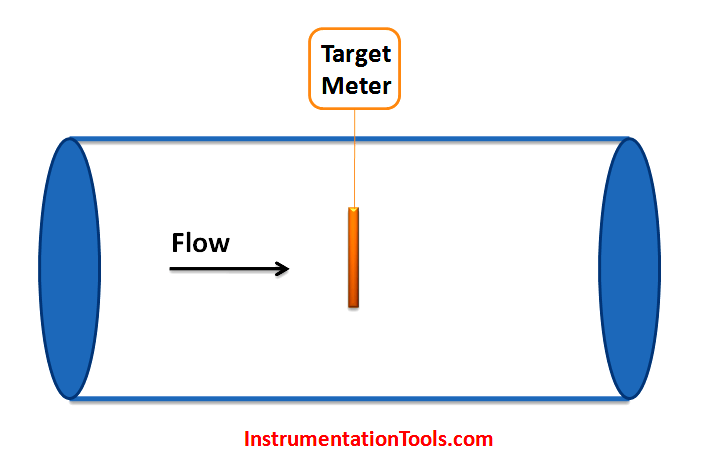
Target flow meters measure flow by measuring the amount of force exerted by the flowing fluid on a target suspended in the flow stream. The force exerted on the target by the flow is proportional to the pressure drop across the target.
Similar to differential pressure flow meters, Bernoulli’s equation states that the pressure drop across the target (and hence the force exerted on the target) is proportional to the square of the flow rate.
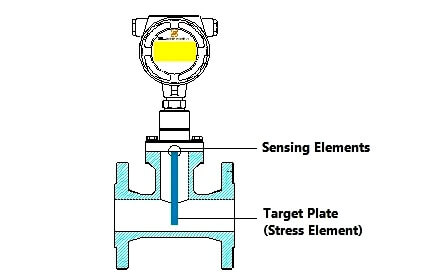
One major advantage of the target flow meter over other flow meters is, that with a sphere drag element, a proper strain gauge layout, and well-thought-out mathematical formulas, a target flow meter is capable of measuring sporadic and multi-directional flows.
The deflection of the target and the force bar is measured in the instrument.
The force on the target can be expressed as :
F = cd ρ v2 At / 2
where
F = force on the target (N)
cd = overall drag coefficient obtained from empirical data
ρ = density of fluid (kg/m3)
v = fluid velocity (m/s)
At = target area (m2)
Advantages of Target Flow Meters
- Low initial set-up cost
- Can be used with a wide variety of fluids, even viscous fluids, and slurries.
- Can be used in abrasive, contaminated, or corrosive fluid flow
- Can be made to measure flow velocity that is sporadic or multi-directional with sphere drag element designs
Disadvantages of Target Flow Meters
- Pressure drop is inevitable due to the rod and the drag element
- Less popular than it was before
If you liked this article, then please subscribe to our YouTube Channel for Instrumentation, Electrical, PLC, and SCADA video tutorials.
You can also follow us on Facebook and Twitter to receive daily updates.
Read Next:
- Vortex Flow Meter Sensors
- Optical flow meter Principle
- Why Turndown Ratio is important?
- Non-intrusive Flow Instruments
- Ultrasonic Flow Meter Principle
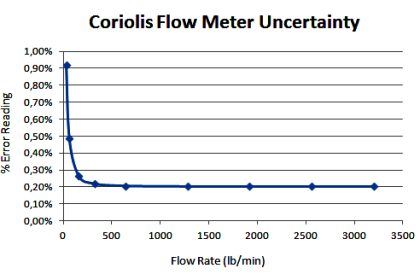

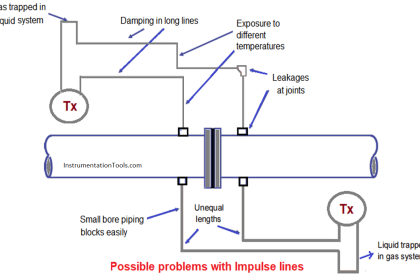
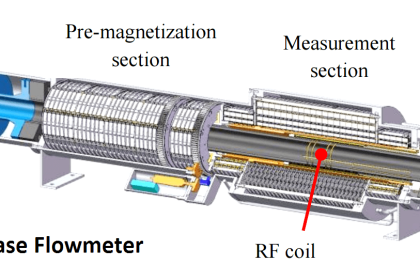
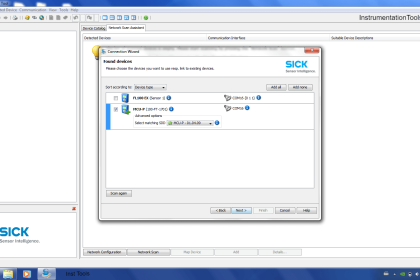
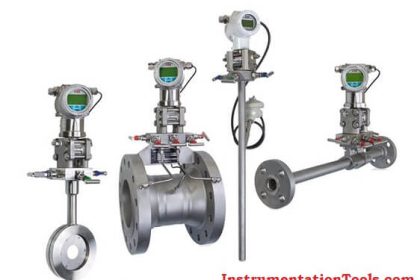
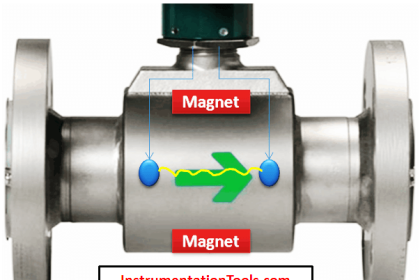
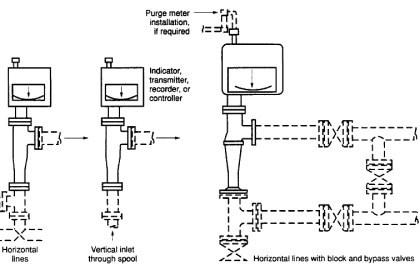
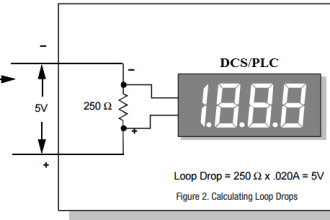
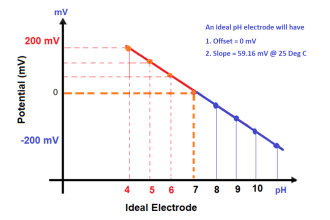
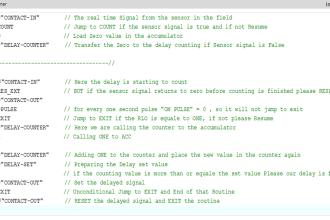

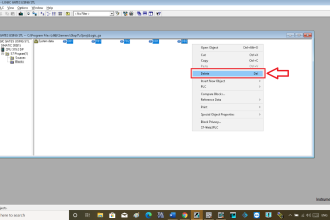

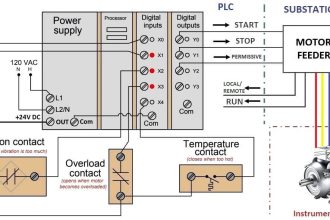
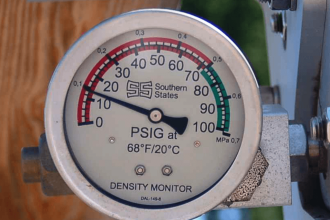

Thanks ..
Thanks for this…
Helpful Site.
Thanks